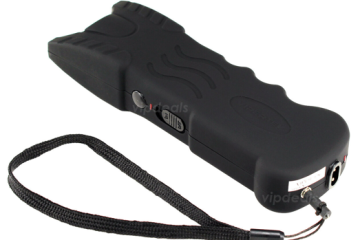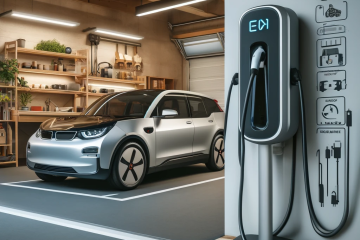Creating event listings that are not only visually appealing but also user-friendly can significantly enhance attendee engagement and increase event participation. WordPress, with its flexibility and powerful plugins, offers an excellent platform for managing and displaying event information. Here’s a comprehensive guide to designing user-friendly event listings in WordPress.
1. Choose the Right Event Listing Plugin for WordPress
The first step in creating effective event listings in WordPress is selecting the right plugin. A good event listing plugin WordPress should offer features like easy event creation, customizable layouts, and integration with other tools. Plugins such as “Events In WP” are specifically designed to make event management seamless, offering functionalities like registration, ticketing, and calendar integration.
2. Simplify the Event Creation Process
User-friendly event listings start with a simple creation process. Choose a WordPress event plugin that offers an intuitive interface, allowing you to add events quickly without any technical knowledge. Look for drag-and-drop features, pre-designed templates, and easy customization options. This simplicity ensures that you can focus on the content of your event rather than the technicalities of listing it.
3. Use Clear and Concise Titles
The title of your event is the first thing users see, so it should be clear and concise. Include the main theme or purpose of the event and any critical information such as date or location if space allows. For example, instead of “Annual Conference,” use “Annual Tech Conference 2024 in San Francisco.” This approach not only grabs attention but also provides essential information at a glance.
4. Provide Detailed Event Descriptions
A detailed event description is crucial for informing potential attendees about what to expect. Include key information such as the event schedule, speakers, activities, and any other pertinent details. Break the text into manageable sections with headings to improve readability. Bullet points and numbered lists can also make the information easier to digest.
5. Incorporate High-Quality Images and Videos
Visual content significantly enhances the attractiveness of your event listings. Use high-quality images and videos related to your event to capture the interest of potential attendees. WordPress event plugins often allow you to embed multimedia directly into your listings. Ensure that your visuals are relevant and professional to create a positive impression.
6. Optimize for Mobile Devices
With a significant portion of users accessing websites via mobile devices, it’s essential that your event listings are mobile-friendly. Choose a WordPress event plugin that offers responsive design features, ensuring your listings look great on all screen sizes. Test your listings on different devices to ensure they are easy to navigate and read on mobile phones and tablets.
7. Use Intuitive Navigation
Easy navigation is a hallmark of user-friendly design. Ensure your event listings are easy to find by organizing them logically on your website. Use categories, tags, and search functionality to help users locate events quickly. A calendar view can also be beneficial, allowing users to see upcoming events at a glance. Your WordPress event plugin should offer these navigation aids to enhance user experience.
8. Implement Efficient Registration and Ticketing
A streamlined registration and ticketing process is crucial for user-friendly event listings. The best WordPress event plugins provide integrated registration forms and multiple payment options. Simplify the registration process by minimizing the number of required fields and providing clear instructions. Automated confirmation emails and reminders can also enhance the user experience by keeping attendees informed.
9. Leverage Social Proof and Testimonials
Adding social proof to your event listings can significantly boost credibility and interest. Include testimonials from past attendees, speaker endorsements, or reviews. Many WordPress event plugins allow you to incorporate these elements easily. Social proof helps build trust and encourages potential attendees to register for your event.
10. Optimize for Search Engines (SEO)
To ensure your event listings reach a broader audience, optimize them for search engines. Use targeted keywords like “Event Listings in WordPress” and “User-Friendly Event Listings in WordPress” in your titles, descriptions, and meta tags. Ensure that your content is well-structured and includes alt text for images. A good SEO strategy increases the visibility of your event listings, attracting more visitors to your site.
11. Provide Clear Call-to-Actions (CTAs)
Effective CTAs are essential for converting visitors into attendees. Use clear and compelling language for your CTAs, such as “Register Now,” “Buy Tickets,” or “Join Us.” Place CTAs prominently on your event listing pages and ensure they stand out visually. The easier it is for users to take action, the more likely they are to do so.
12. Integrate Social Media Sharing Options
Social media can significantly extend the reach of your event listings. Integrate social sharing buttons into your WordPress event plugin to allow visitors to share events with their networks easily. This can drive additional traffic to your listings and increase event awareness. Encourage attendees to share their participation on social media as well.
Conclusion:
Designing user-friendly event listings in WordPress involves a blend of clear communication, intuitive design, and effective use of technology. By choosing the right event listing plugin WordPress, optimizing for both user experience and search engines, and incorporating engaging multimedia and social proof, you can create compelling and accessible event listings. These strategies not only attract more visitors but also enhance their overall experience, ultimately boosting event attendance.




